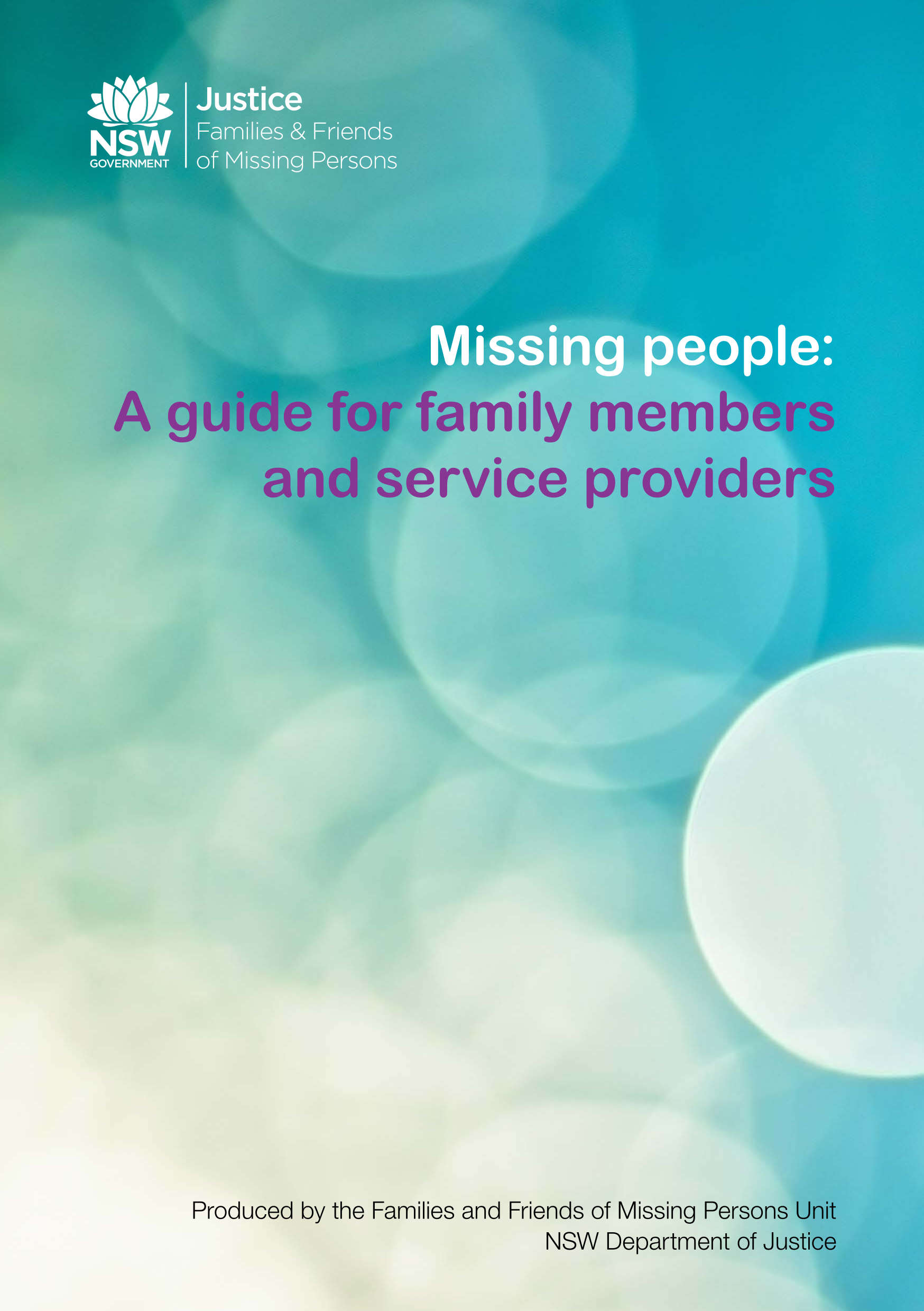The Signal for Help was created by the Canadian Women’s Foundation and their partners in April 2020. It was developed in response to an increased risk of domestic violence and a growing use of ‘video calls’ in the COVID-19 pandemic.
What is the Signal for Help?
The Signal for Help is a silent and unique one-handed gesture that can be used to show that help is needed. Performing the signal is shown below

What the Signal for Help Means
If you see someone using the Signal for Help, reach out to them when it is safe to do so. Once you reach out to them, let them tell you what they need.
What the Signal for Help Does Not Mean
Using the Signal for Help does not mean to call authorities right away. Again, it is meant to show that the person using the Signal is asking for you to reach out when it is safe to do so.
EXCEPTION: If you see someone using the Signal for Help in a public place or out
of a window or door, call 911 or emergency services.
Where the Signal for Help May be Useful
Although the Signal for Help was first created for those experiencing violence in intimate partner and family relationships, it can be used in other situations. For example, a recent news story described how the Signal for Help saved a woman who was being forced in human trafficking. While in a car, she used the Signal to other cars. A driver recognized the Signal and called police and rescued the victim.
Not Part of Sign Language
The Signal for Help is not linked to sign language in any way. If you see a gesture that is similar to the Signal for Help, and you are not sure what it means, take a step back. Examine the context. If you are still uncertain, approach the person safely and ask directly.
Source: Information about the Signal for Help has been selected and adapted from the Canadian Women’s Foundation’s guide entitled, “The Signal for Help Responder’s Action Guide”.
For more information, or to request as copy of the guide, please visit the Canadian Women’s Foundation


